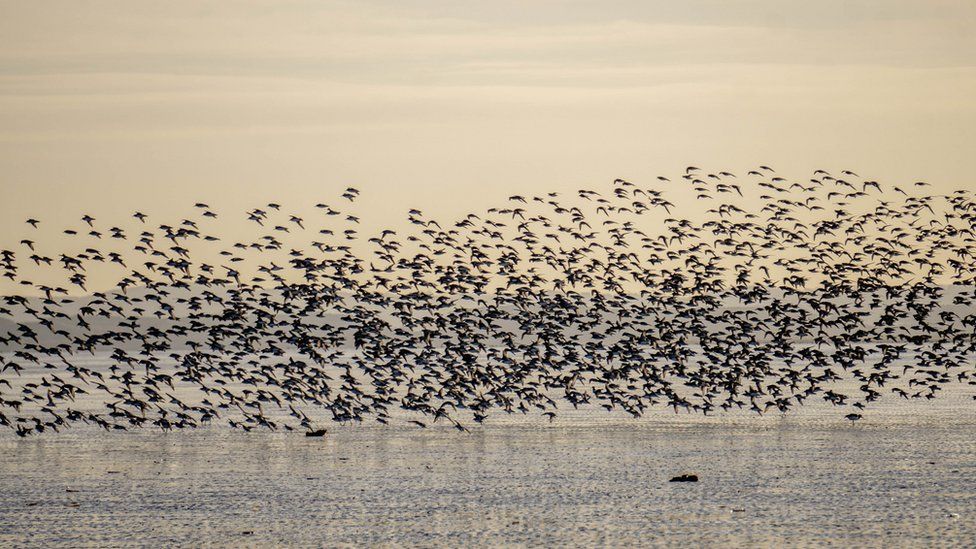-

-
-
Loading

Loading

Scientists have predicted that bird species in Britain will experience significant changes as the climate continues to warm. While climate change is generally detrimental to birds, there will be both winners and losers on a local level. Rare migrants, such as black-winged stilts and bee-eaters, have been spotted on British shores, delighting bird watchers. However, the population of cuckoos is in sharp decline, highlighting the struggles faced by UK wildlife dealing with multiple pressures. Nearly half of all bird species in Britain are currently declining due to factors like habitat loss, climate change, and pesticide use. The British Trust for Ornithology has reported a staggering drop of 73 million wild birds since 1970. Dr. Dave Leech, head of ringing, emphasized that climate change is a growing pressure for migratory birds, as they need to adapt to extreme weather conditions throughout their journey. While some birds, like reed warblers, are taking advantage of longer and hotter summers by producing more offspring, others, like the Cetti's warbler, are extending their range northward. However, species like the cuckoo and willow warbler are declining in southern Britain as the climate warms. Scientists believe that birds may struggle to adjust their internal clocks to accommodate changing seasons. Specifically, cuckoos are facing challenges in making their way back over the Sahara desert, as climate change has reduced the available food for them to refuel before crossing. Their numbers are dwindling rapidly, which could result in future generations never having the opportunity to hear the familiar sound of a cuckoo. Migration patterns are also shifting, with some birds leaving British shores and others arriving from northern countries. Over the years, dedicated bird ringers and volunteers have collected data on changes in bird populations, providing crucial insights into their decline. By monitoring these changes, researchers hope to mitigate the impact of human-induced climate change, which is the primary driver behind these shifts.